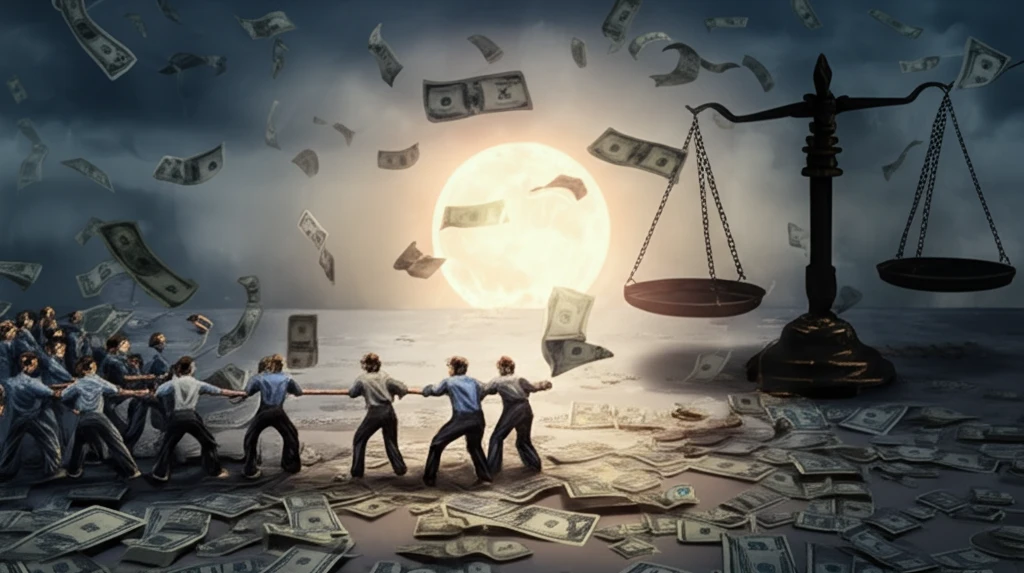
Is the Rich Getting Richer? Unveiling the Truth Behind Income Inequality
"Digging into the core of Piketty's Problem, its impact on our society, and how power and social relations play a role in it."
Income inequality has become a hot topic. The idea that the rich are getting richer while everyone else struggles is a narrative that's captured widespread attention. But is it just a story, or is there solid economic theory behind it? This article explores that question. We will dissect the arguments surrounding inequality, looking into the work of economist Thomas Piketty and others, to see what's really driving the wealth gap.
At the heart of the discussion is a concept Piketty calls the 'r > g' inequality. In simple terms, it suggests that when the rate of return on capital (r) is greater than the economic growth rate (g), inequality will increase. But what factors determine 'r,' and why doesn't it simply fall as economies grow? Answering that question involves looking beyond traditional economics into the realms of power, social structures, and institutions.
We'll go beyond textbook models to understand how things like political influence, market dominance, and even social norms play a crucial role in shaping who gets what. Furthermore, this analysis touches housing market in the US, institutions, and power of property.
The Core of the Matter: Piketty's Inequality Problem

In his well-known book, 'Capital in the Twenty-First Century,' Thomas Piketty argued that the difference between the rate of return on capital and the rate of economic growth is a primary driver of income inequality. The "r > g" dynamic suggests that wealth tends to concentrate in the hands of those who already possess it, leading to a widening gap between the rich and everyone else.
- Challenging Traditional Views: Many believe market forces alone dictate wealth distribution.
- The Role of Institutions: Legal, political, and social systems significantly impact the economy.
- Power Dynamics: Those with power shape these systems to benefit themselves.
Beyond Economics: A New Vision of Wealth
Ultimately, addressing income inequality requires us to look beyond traditional economic models. By understanding the interplay of institutions, power, and social norms, we can begin to develop policies that promote a more equitable distribution of wealth and opportunity. The Piketty Problem isn't just an academic puzzle; it's a call to action to create a fairer and more just society.
